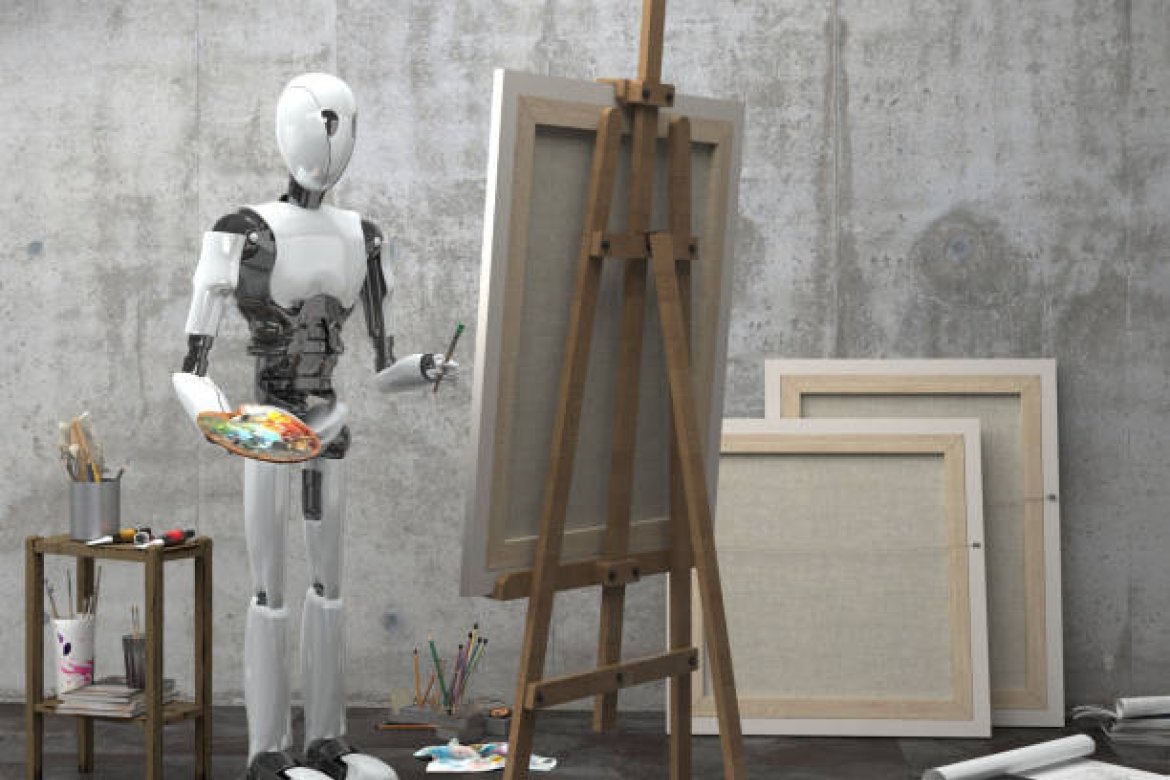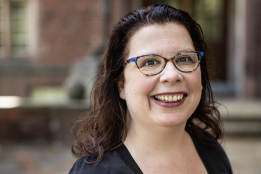Does AI spell the end of painting?

To gain perspective on the rise of AI-generated art, Mount Holyoke College Art History Professor Anthony Lee looked back on the impact photography had on painting in the nineteenth century in a recent Wired Magazine essay.
One concern in today’s art world is whether the rise of art generated by artificial intelligence programs like DALL-E 2, NightCafe and Craiyon will undermine long-standing pursuits in the fine arts, such as drawing and painting. This question gained visibility recently when an AI-generated work won a blue ribbon at the Colorado State Fair in a competition for emerging digital artists.
To gain perspective on this matter, Anthony Lee, Idella Plimpton Kendall Professor of Art History, looked back at the impact photography had on painting in the nineteenth century in a recent Wired Magazine essay. In examining the reactions of traditional artists at that time, the rise of photography as both a business and an art form, and the influences of painting and photography on each other, Lee cautions against overreaction. At least for now.
As Lee noted in his essay “AI or No, It’s Always Too Soon to Sound the Death Knell of Art”: “Painting as a fine art will persist; a massive portion of the high-end gallery scene promotes and relies on it to this day. And for many, the tactility of putting brush on canvas is an intimate and joyous form of expression that simply cannot be replaced. But if the example of painting’s dance with photography in the nineteenth century is any indication, there will be a period of mutual influence, of give and take, perhaps of collaboration, between artist and machine.”
